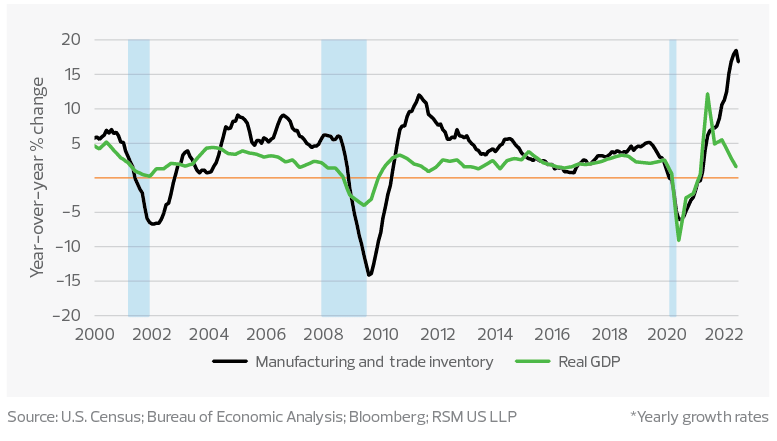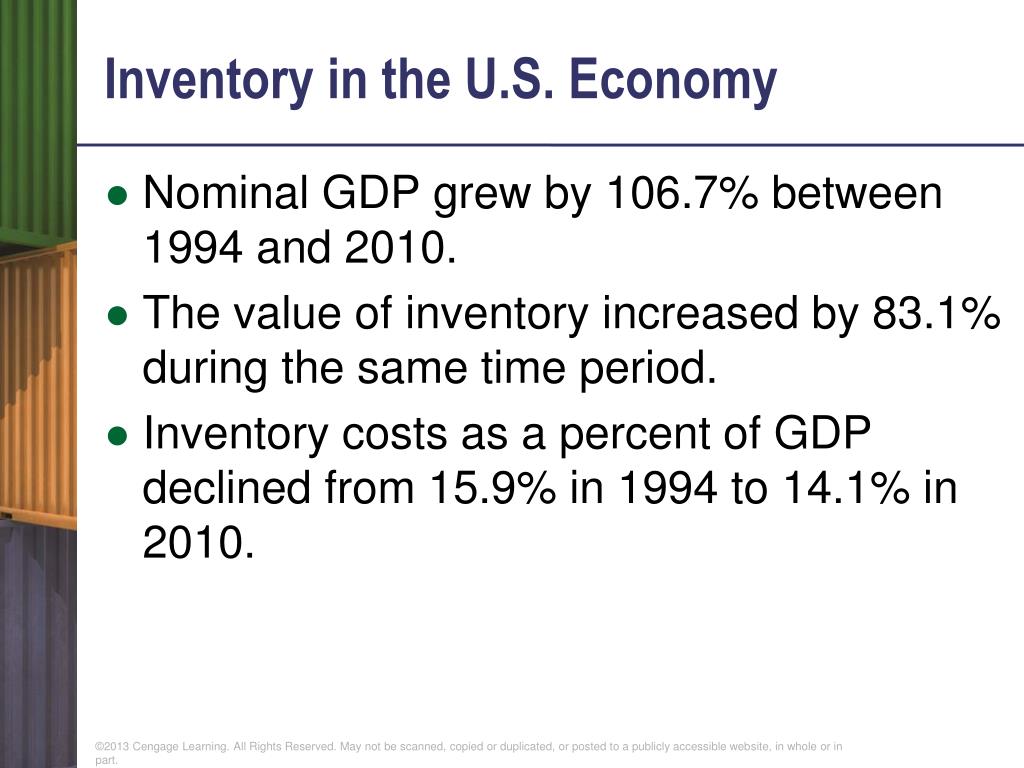Business inventories and GDP set the stage for understanding how companies navigate the balance between production and sales, and how these decisions shape the economy at large. When businesses decide how much to stock, whether it’s raw materials, goods in progress, or finished items, they’re making choices that ripple throughout the entire economic system.
These inventories are more than just products on a shelf; they are a critical part of the supply chain and can even serve as signals for economic trends. By exploring how inventory changes feed into GDP calculations, reveal periods of growth or contraction, and reflect management efficiency, we can see just how closely linked business decisions are to the health and momentum of the national economy.
Business Inventories and Their Economic Significance
Business inventories form a fundamental part of modern economies, serving as both a strategic resource and a critical economic indicator. Companies manage inventories to ensure product availability, optimize production, and balance fluctuating market demand. Understanding business inventories helps clarify their substantial impact on broader economic measures such as Gross Domestic Product (GDP).
Definition and Role of Business Inventories in the Economy

Business inventories refer to goods and materials that companies hold for the purpose of production or sale. These inventories are categorized based on their position in the production process and their function. Efficient inventory management not only stabilizes supply chains but also supports smooth business operations across diverse industries.
- Raw materials: Basic inputs yet to undergo any manufacturing process, such as crude oil, lumber, or steel.
- Work-in-progress (WIP): Partially completed goods still undergoing transformation in the production cycle, such as cars on assembly lines.
- Finished goods: Products ready for sale to end-users, like electronics in a retail store or packaged foods on supermarket shelves.
Every type of inventory plays a crucial role in balancing production and sales. Properly maintained inventories ensure companies can meet customer demand even during supply chain disruptions, while also preventing overproduction.
| Industry Sector | Raw Materials | Work-in-Progress | Finished Goods |
|---|---|---|---|
| Automotive | Steel, plastics | Partially assembled vehicles | Cars ready for dealerships |
| Apparel | Fabric, thread | Cut and sewn garments | Clothing on store racks |
| Food Processing | Grains, raw milk | Processed but unwrapped food | Packaged snacks, bottled drinks |
The Link Between Business Inventories and Gross Domestic Product
The interaction between inventories and GDP is a dynamic process that reflects both business strategies and broader economic conditions. Changes in business inventories are a vital component of GDP accounting, providing insight into the pace of economic activity and the underlying health of the economy.
Business Inventories as a GDP Component
GDP measures the total value of goods and services produced within a country. Inventory investment—meaning the change in the value of inventories held by businesses—is included in GDP calculations under the investment category. An increase in inventories contributes positively to GDP, while a decrease subtracts from it.
| GDP Component | Description | Inventories’ Role |
|---|---|---|
| Consumption | Household spending on goods and services | Indirect |
| Investment | Spending on capital goods and changes in inventories | Direct (Inventory investment) |
| Government Spending | Expenditures by government entities | Indirect |
| Net Exports | Exports minus imports | Indirect |
Inventory fluctuations often serve as early signals of economic turning points. For instance, a rapid buildup in inventories may indicate slowing demand, while sharp declines can suggest strong sales or production adjustments in anticipation of lower future demand.
Inventory investment is the only GDP component that can be either positive or negative; its swings often amplify the business cycle.
Factors Influencing Inventory Changes and Their Economic Implications

The causes behind changes in business inventories are varied, often rooted in both internal company considerations and external economic forces. Shifts in inventory levels play a key role in shaping economic growth, affecting both producers and consumers.
Drivers of Inventory Fluctuations
Understanding why inventory levels rise or fall helps businesses and policymakers interpret broader economic signals. The following are common factors influencing inventory changes:
- Demand fluctuations: Unexpected changes in consumer demand can lead to excess or depleted inventories.
- Supply chain disruptions: Delays from suppliers or logistical issues prompt firms to hold more inventory as a buffer.
- Production adjustments: Companies may ramp up production in anticipation of future growth or slow it down if sales weaken.
- Price expectations: Businesses might stock up ahead of predicted cost increases or reduce inventory if price drops are expected.
- Technological innovation: Improved inventory management systems help optimize stock levels and reduce unnecessary holdings.
Economic Effects of Inventory Changes, Business inventories and gdp

Changes in inventory levels have wide-reaching implications for the economy. Rising inventories may signal overproduction or weakening demand, potentially leading to production cutbacks and reduced employment. Conversely, falling inventories can indicate strong sales but may also result in missed opportunities if businesses are unable to meet ongoing demand. Monitoring inventory data is essential for interpreting phases of economic expansion or contraction.
Closing Summary
In summary, business inventories and GDP together provide valuable insights into the rhythm of economic activity. Whether it’s the impact of inventory management, the signals inventories send about economic cycles, or the challenges in tracking this data, understanding their relationship helps us better interpret what’s really happening in the broader economy and prepares businesses, investors, and policymakers to make more informed decisions.
Expert Answers: Business Inventories And Gdp
How do business inventories impact GDP growth?
Changes in business inventories are included in GDP calculations. When inventories rise, it boosts GDP, while falling inventories can reduce GDP growth rates.
Why do businesses hold different types of inventories?
Businesses hold raw materials, work-in-progress, and finished goods to ensure smooth production, respond to demand changes, and avoid supply disruptions.
Can inventory data predict economic recessions?
Inventory trends can provide early signals of economic slowdowns or expansions, but they are not foolproof and should be considered with other indicators.
How often is business inventory data reported?
In most countries, government agencies release business inventory data monthly and quarterly.
Are there risks in misinterpreting inventory statistics?
Yes, inaccuracies in inventory data or overlooking valuation and timing issues can lead to incorrect assumptions about economic health.
